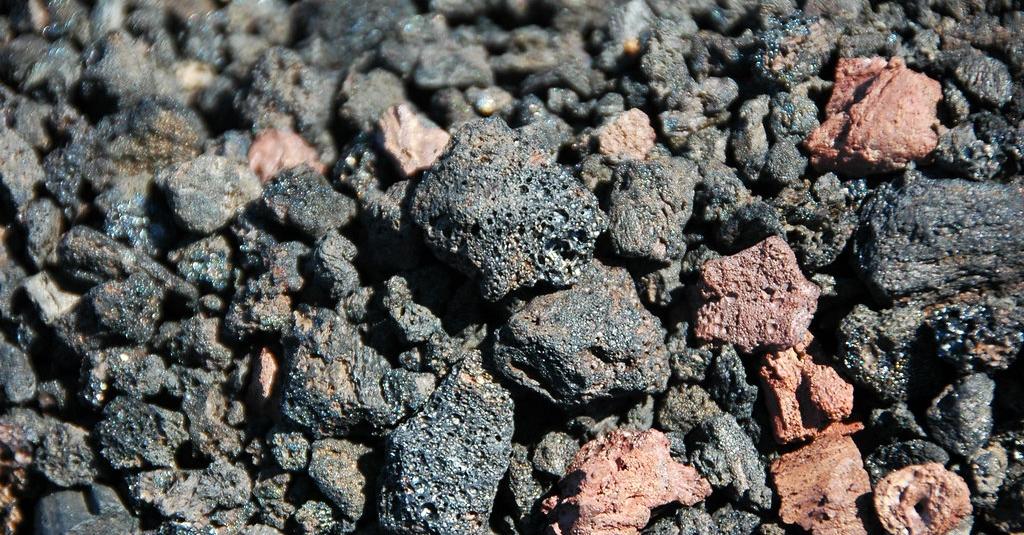Are you curious to know what is cinder? You have come to the right place as I am going to tell you everything about cinder in a very simple explanation. Without further discussion let’s begin to know what is cinder?
In the fiery heart of Earth’s geology lies a phenomenon that has captured human imagination for centuries – volcanic activity. Among the remnants of these dramatic eruptions lies a substance known as cinder. With a history intertwined with ancient myths and modern geology, cinder holds within its grains a story of nature’s powerful forces and the landscapes they shape. In this blog, we’ll journey into the realm of cinder, exploring its origins, characteristics, and its remarkable influence on Earth’s geology and human culture.
What Is Cinder?
Cinder, also referred to as volcanic cinder, volcanic scoria, or simply scoria, is a type of pyroclastic material produced during volcanic eruptions. It’s a dark, porous, and sometimes glassy substance that forms as gas-rich magma is expelled from a volcano and rapidly cools and solidifies in the air.
Formation And Characteristics:
Cinder is formed during explosive volcanic eruptions, when gas and volcanic fragments are violently ejected from the volcano. As these fragments are hurled into the air, they cool quickly, solidifying before they hit the ground. This rapid cooling traps gas bubbles within the material, creating a characteristic porous texture.
Physical Properties:
Cinder exhibits several notable properties:
- Texture: It has a coarse, rough texture due to the presence of air pockets and vesicles within the material.
- Color: Cinder can vary in color, ranging from dark red or black to brown or gray, depending on the mineral composition of the volcanic rock.
- Porosity: Its high porosity gives it a lightweight quality, making it feel almost like a sponge to the touch.
Influence On Landscapes:
Cinder cones, small volcanic landforms composed primarily of cinder and other pyroclastic materials, are a striking result of volcanic activity. These cones are often found on the flanks of larger volcanoes or as independent features. Their steep slopes and distinctive shape make them stand out against the landscape, adding an otherworldly charm to the regions they dominate.
Cultural And Historical Significance:
Throughout history, cinder and volcanic landscapes have held a special place in human culture:
- Myth and Legend: Many ancient cultures regarded volcanoes as mystical or divine, attributing their eruptions to the actions of gods or other supernatural forces.
- Art and Inspiration: Volcanic landscapes, including cinder cones, have inspired artists, writers, and explorers, contributing to the rich tapestry of human creativity.
Contemporary Exploration And Understanding:
In modern times, the study of cinder and volcanic processes has evolved significantly. Geologists and vulcanologists use cinder cones and their associated deposits to gain insights into past eruptions, volcanic hazards, and Earth’s geological history.
Conclusion:
Cinder is more than a volcanic remnant; it’s a snapshot of Earth’s dynamic and ever-changing geology. Its formation during explosive eruptions and its unique physical properties serve as a testament to the immense forces that shape our planet’s surface. From the heights of ancient myths to the depths of scientific exploration, cinder bridges the gap between human curiosity and the mysteries of our planet’s inner workings. It’s a reminder that even in the aftermath of violent natural events, beauty and wonder can emerge from the ashes.
FAQ
What Is Cinder Used For?
Cinder is used to increase soil tilth and water retention, while also created spaces for excess drainage and increased oxygen flow through the root zone. Cinder is shown to increase micro-nutrient availability in soils and can help prevent some pests when used as a mulch for succulents and desert plants.
What Is Cinder Plant?
Cinder is typically brown, black, or red depending on its chemical content. A more modern name for cinder is scoria. Successful rosarians use cinder + vermicompost @ 80/20%. , Coal cinders are spent coal which is a waste products of coal power plants. Roses are planted in these mediums are bare-rooted.
What Is A Cinder In Science?
Cinder refers to the pyroclastic fragments, which is composed of rock. Cinder cones are also known as ash cones. Cinder cones are the type of volcano that is formed by pyroclastic fragments like volcanic ashes, solidified lava pieces, volcanic clinkers, pumice and hot gases.
What Is The Meaning Of Cinder Fire?
a. : a partly burned combustible in which fire is extinct. b. : a hot coal without flame.
I Have Covered All The Following Queries And Topics In The Above Article
What Is Cinder
What Is A Cinder Block
What Is Cinder In Openstack
What Is Cinder Block
What Is Cinder For Plants
What Is Fjx Cinder Weapon Vault
What Is Cinder Block Made Of
What Color Is Cinder
What Is A Cinder Cone Volcano
What Is A Cinder
What Is A Cinder Track
What Is Cinder Made Of
What Color Is Dark Cinder
What Is The Soul Of Cinder
What Is Openstack Cinder
What Is Cinder Cone Volcano
What Is Cinder Concrete
What Is Cinder Cones
What Is The Weight Of A Cinder Block
What Is Cinder Block Wall
What Is Cinder Blocks
What Is Cinder
What does cinder mean?






